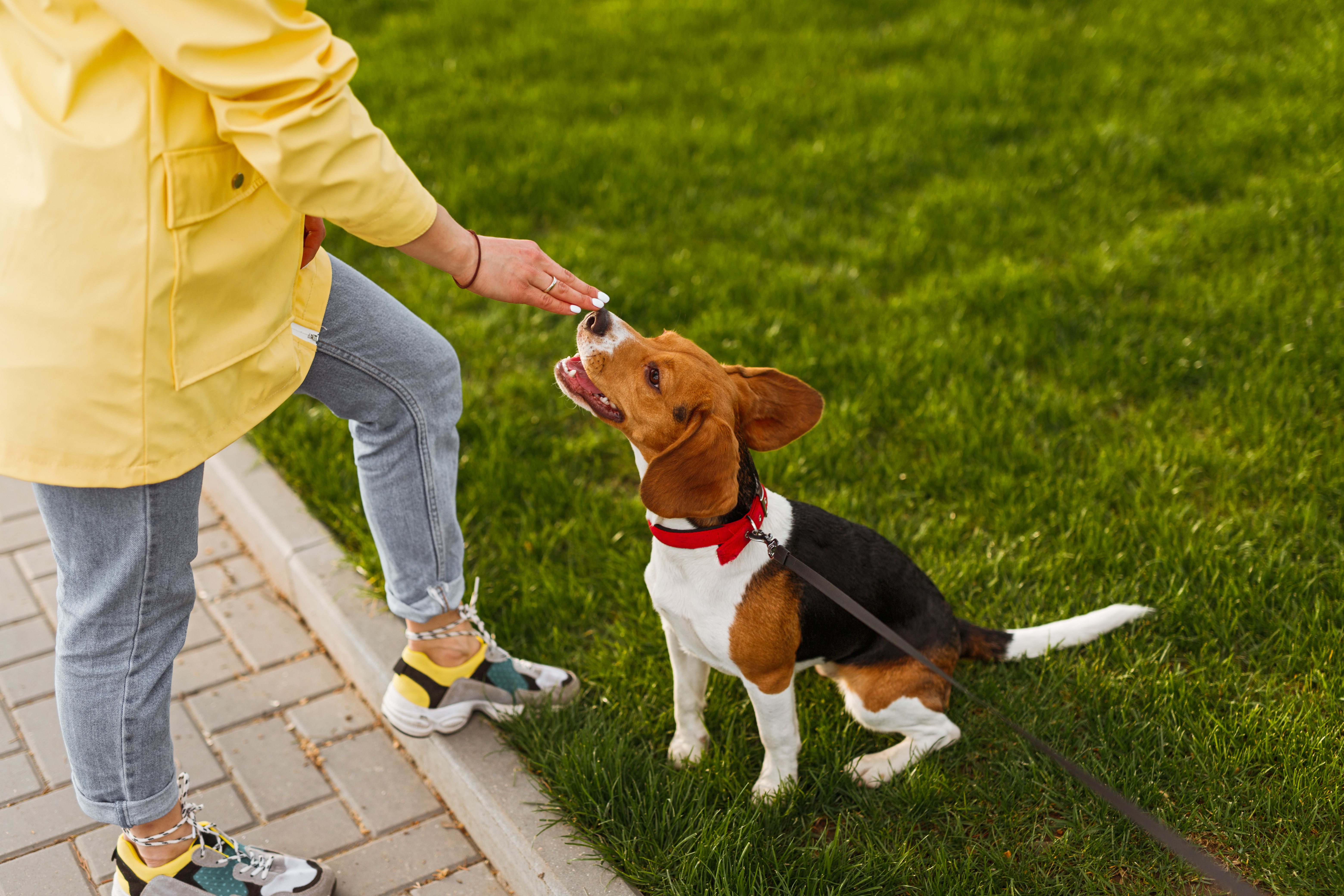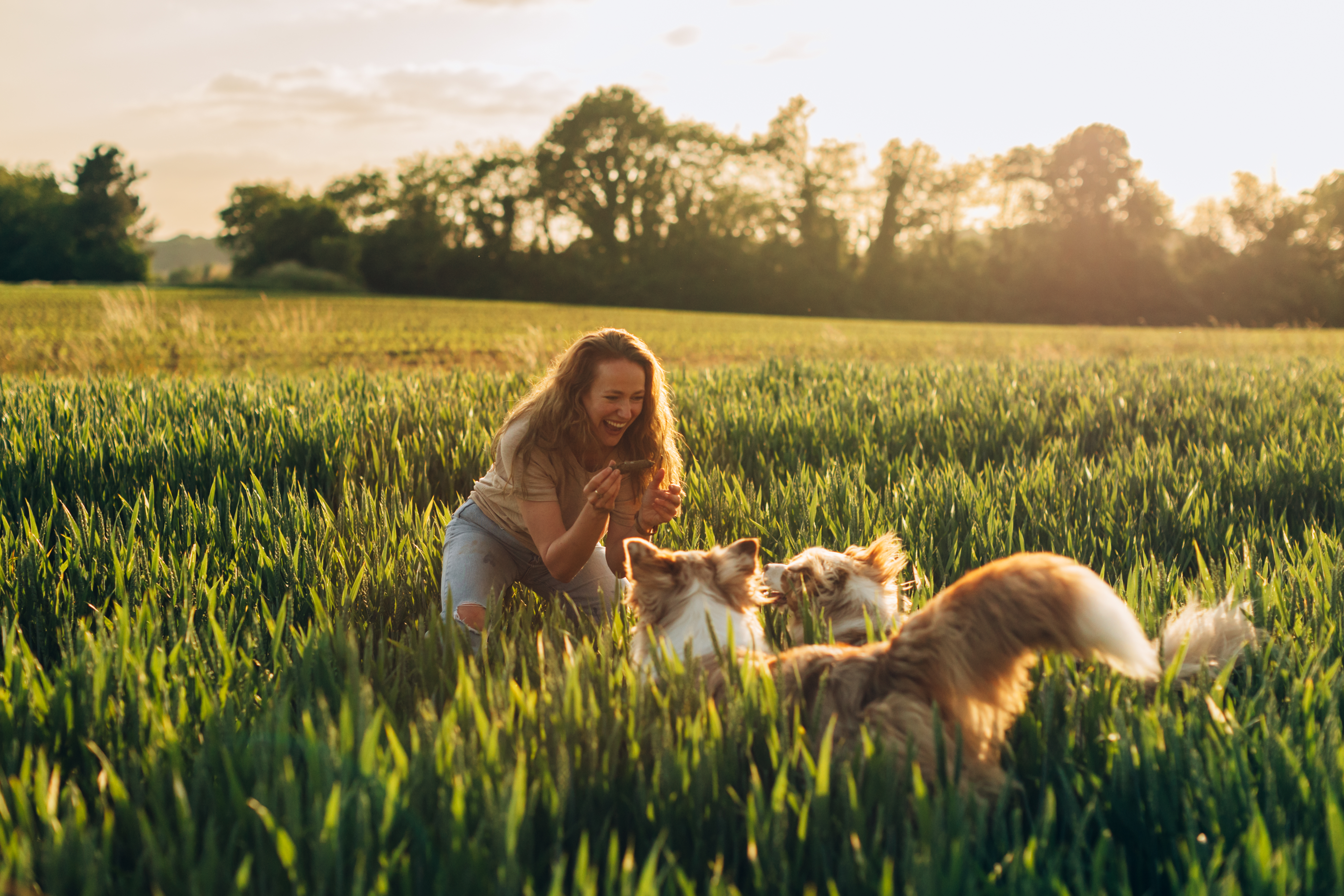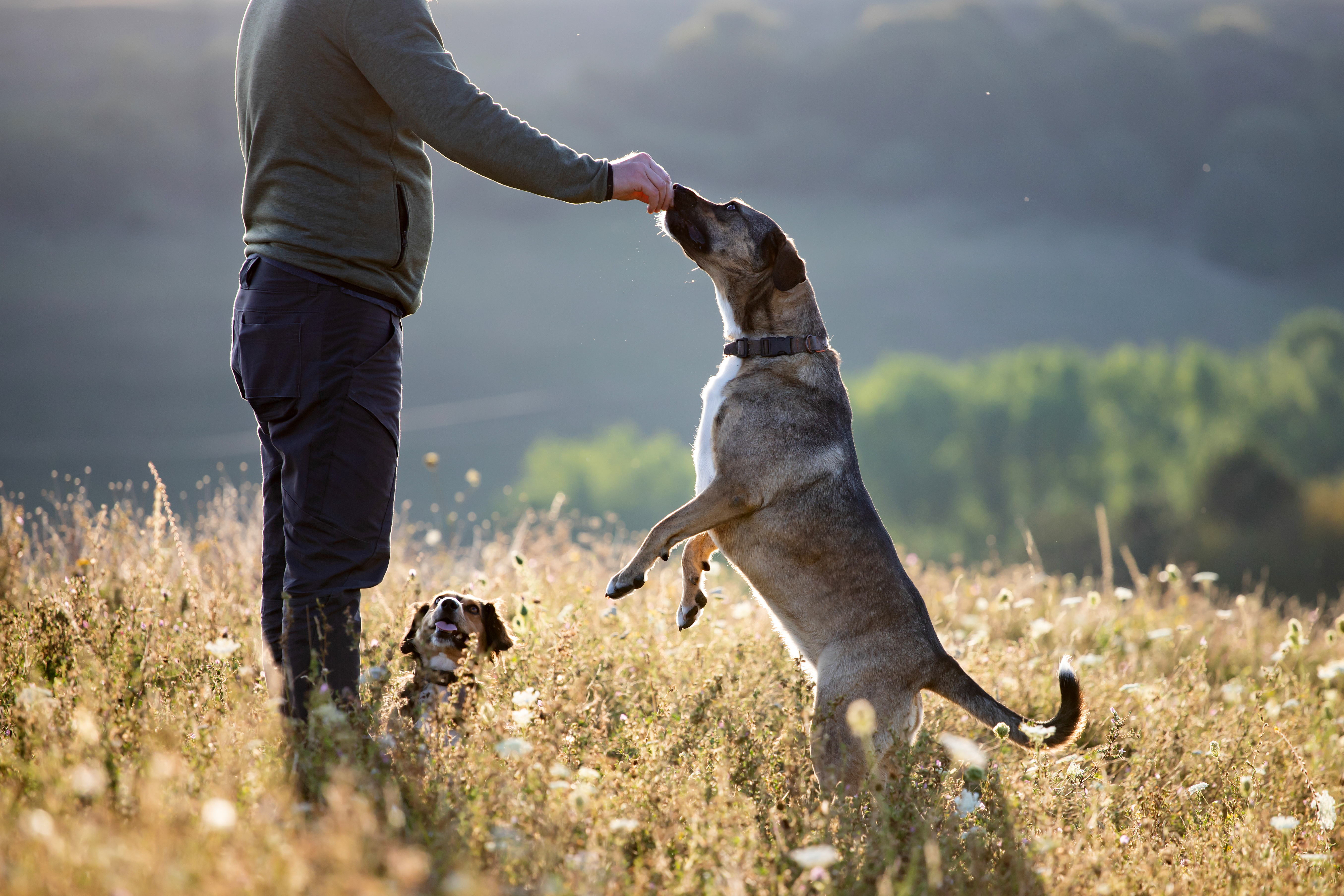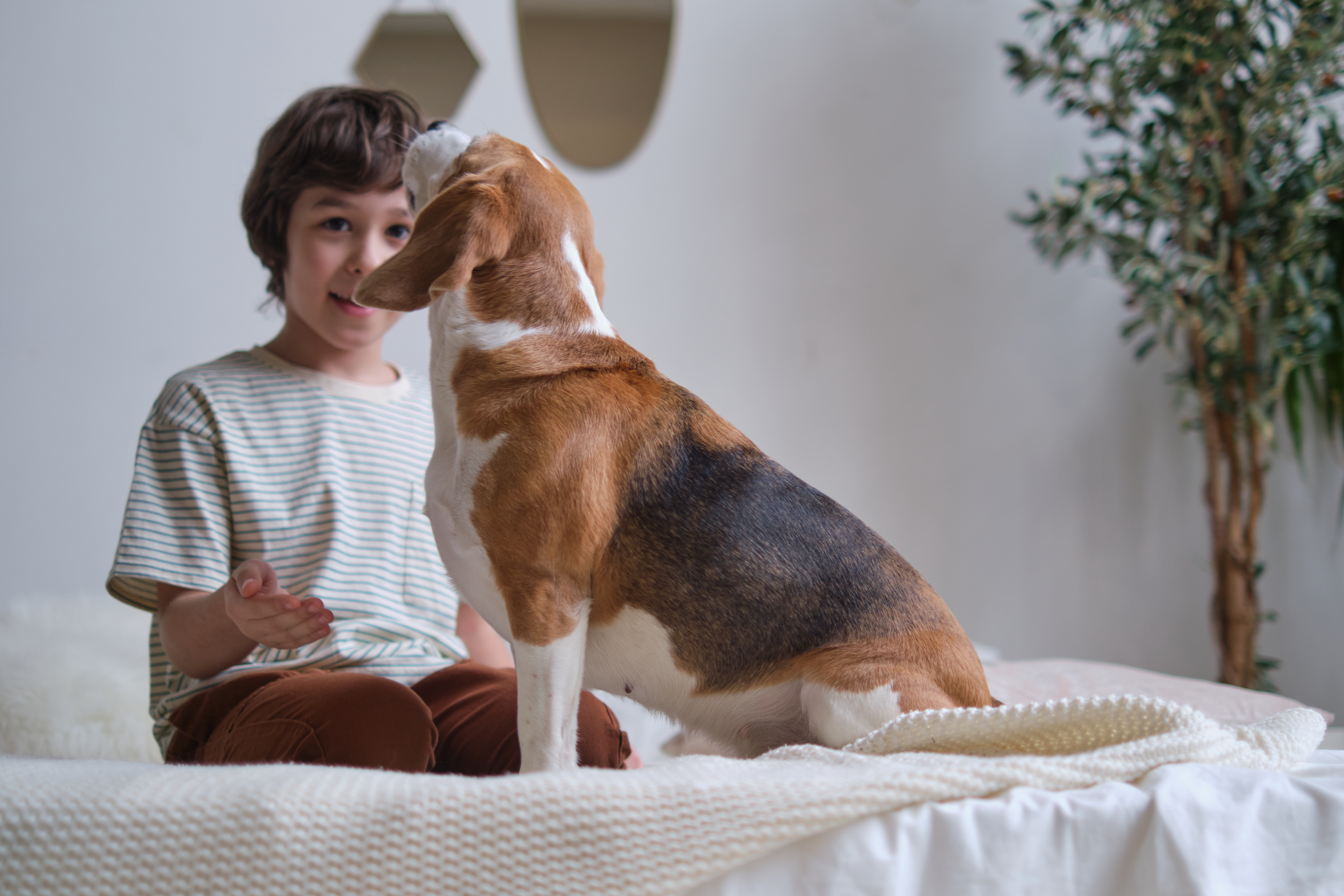10 Things You Do That Your Dog Secretly Hates
Imagine stepping into the paws of your beloved canine companion for a day. The world, seen through a dog's eyes, is a tapestry of scents, sounds, and sights that humans often overlook. Dogs, with their heightened senses and unique perspective, experience life in vivid detail. This article explores the intriguing realm of canine perception and delves into the top 10 things humans do that might unknowingly irritate their furry friends. By understanding these behaviors, we can foster a more harmonious relationship with our pets, enhancing their happiness and well-being. This exploration not only strengthens the bond between humans and dogs but also offers insights into the fascinating world of canine cognition.
1. The Overwhelming World of Scents

Dogs live in a world dominated by scent. Their noses are incredibly sensitive, capable of detecting a myriad of smells that humans can't even fathom. This olfactory prowess means that strong artificial fragrances from perfumes, cleaning products, or even scented candles can be overwhelming to them. While you might enjoy the aroma of a new air freshener, your dog might find it overpowering and distressing. Understanding this aspect of their sensory world can help you make more dog-friendly choices in your home environment. Opting for unscented or natural products can make a significant difference in your dog's comfort and well-being.
2. The Soundscape of a Dog's Life

Dogs hear sounds at frequencies far beyond human capabilities. This acute sense of hearing means that everyday noises can be much louder and more startling for them. The sound of a vacuum cleaner, a thunderstorm, or fireworks can cause anxiety and stress. While some dogs may become accustomed to these noises, others might never get used to them. It's crucial to create a safe and quiet space for your dog during noisy events. Understanding and respecting their auditory sensitivity can help reduce stress and create a more peaceful home environment for your pet.
3. The Importance of Routine

Dogs are creatures of habit and thrive on routine. Sudden changes in their daily schedule, such as altered feeding times or unexpected trips, can cause confusion and anxiety. Consistency provides a sense of security and helps them understand what to expect. By maintaining a regular routine, you can help your dog feel more secure and less stressed. This includes consistent feeding times, regular walks, and a predictable bedtime. When disruptions are unavoidable, gradual transitions and maintaining as much normalcy as possible can ease the stress for your furry friend.
4. The Need for Personal Space

Just like humans, dogs have their own need for personal space. Constant hugging, cuddling, or being in their face can be overwhelming and irritating. While some dogs enjoy being close to their owners, others might prefer a bit of distance. It's important to recognize and respect your dog's body language and signals. If they turn away or move to a different spot, it's a sign they need some space. Understanding and respecting their boundaries can enhance your relationship and prevent stress-related behaviors.
5. The Complexity of Social Interactions

Dogs are social creatures, but not all interactions are enjoyable for them. Introducing them to new people or other animals without proper socialization can be stressful and intimidating. Each dog has a unique personality, and while some may be outgoing, others might be shy or reserved. It's essential to introduce new experiences gradually and provide positive reinforcement. Understanding your dog's social preferences and respecting their comfort levels can help prevent anxiety and promote positive interactions.
6. The Challenge of Training and Commands

Training is a vital part of a dog's life, but inconsistency or unclear commands can be frustrating for them. Dogs thrive on clear communication and positive reinforcement. Mixed signals or harsh corrections can lead to confusion and stress. Consistency, patience, and positive reinforcement are key to effective training. By understanding your dog's learning style and adapting your approach, you can create a positive training experience that strengthens your bond and enhances their understanding of your expectations.
7. The Impact of Boredom

Dogs, like humans, can become bored if they lack mental and physical stimulation. A lack of enrichment can lead to destructive behaviors and anxiety. Providing a variety of toys, engaging in interactive play, and offering mental challenges can keep your dog entertained and happy. Regular exercise is also crucial for their physical and mental well-being. By understanding the importance of enrichment, you can prevent boredom-related issues and promote a healthier, happier lifestyle for your dog.
8. The Stress of Being Left Alone

Separation anxiety is a common issue among dogs. Being left alone for extended periods can cause stress and anxiety, leading to destructive behaviors. Dogs are social animals and thrive on companionship. Gradually acclimating them to being alone and providing comforting items, such as a favorite toy or blanket, can help ease their anxiety. Ensuring they have enough mental and physical stimulation can also reduce stress when you're not home. Understanding and addressing separation anxiety is crucial for your dog's emotional well-being.
9. The Confusion of Mixed Signals

Dogs rely heavily on body language and vocal cues to understand their environment. Inconsistent signals from their owners can lead to confusion and stress. For example, using different words for the same command or displaying conflicting body language can be perplexing for your dog. Consistency in communication is key to helping your dog understand your expectations. By being mindful of your signals and ensuring they align with your intentions, you can create a clearer and more effective communication channel with your pet.
10. The Overexposure to Human Emotions

Dogs are incredibly perceptive and can pick up on human emotions. They often mirror the emotional states of their owners, which can be overwhelming if you are stressed or anxious. While it's natural to experience a range of emotions, being mindful of their impact on your dog is important. Creating a calm and positive environment can help your dog feel more secure and relaxed. By managing your stress and emotions, you can positively influence your dog's emotional well-being and strengthen your bond.
Understanding the world through your dog's eyes is a journey of empathy and connection. By recognizing the things that might irritate or stress them, you can make informed choices that enhance their quality of life. From respecting their sensory sensitivities to providing consistent training and enrichment, each step you take towards understanding their perspective strengthens your bond. Dogs offer unconditional love and companionship, and by addressing their needs and preferences, you can ensure a harmonious and fulfilling relationship. Embrace the opportunity to see the world through their eyes and create a life of mutual respect and joy.







